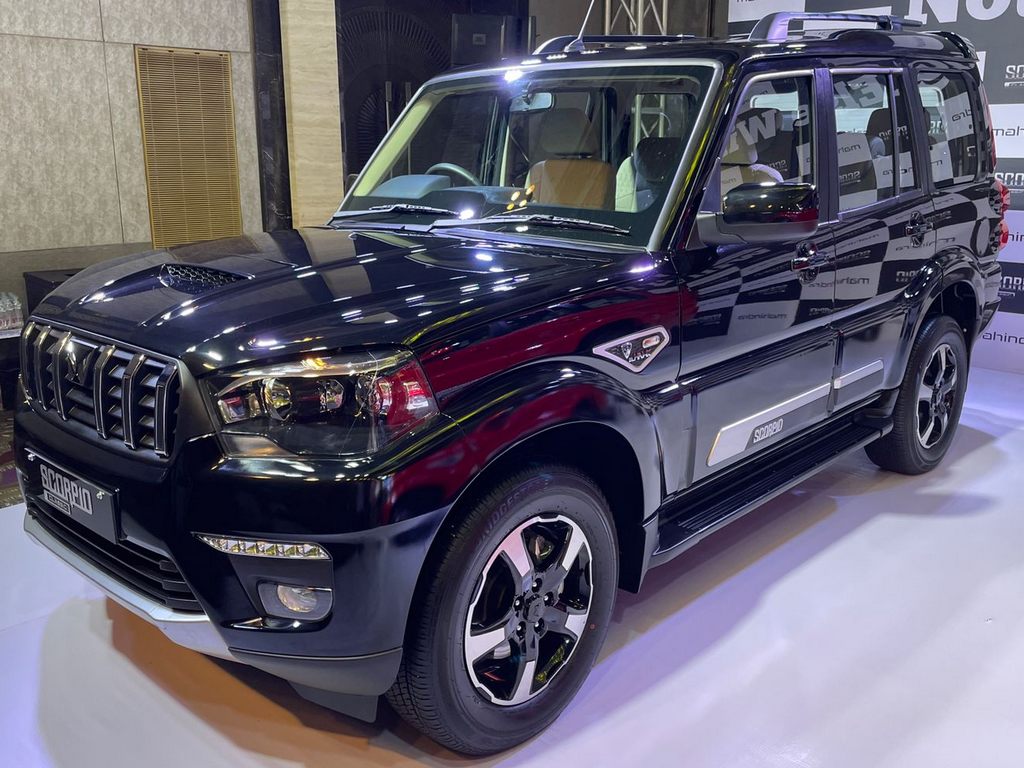
Mahindra Scorpio Classic, gets a complete makeover
After a lengthy period of testing prototypes, Mahindra has finally released the new and improved Scorpio Classic, which should please Scorpio aficionados. To be released simultaneously with the newest Scorpio N, it is the replacement for the discontinued Scorpio.
The vertical Black and Chrome slats of the grille overlay the slanted horizontal slates in a manner reminiscent of the recently released Scorpio N. The new twin peaks emblem of the company is shown, as well.
The bumper housings have been altered, but the headlights and the hood air intake system remain mostly same in appearance. Their new LED daytime running lights (DRLs) are just as cool as their new fog lights.
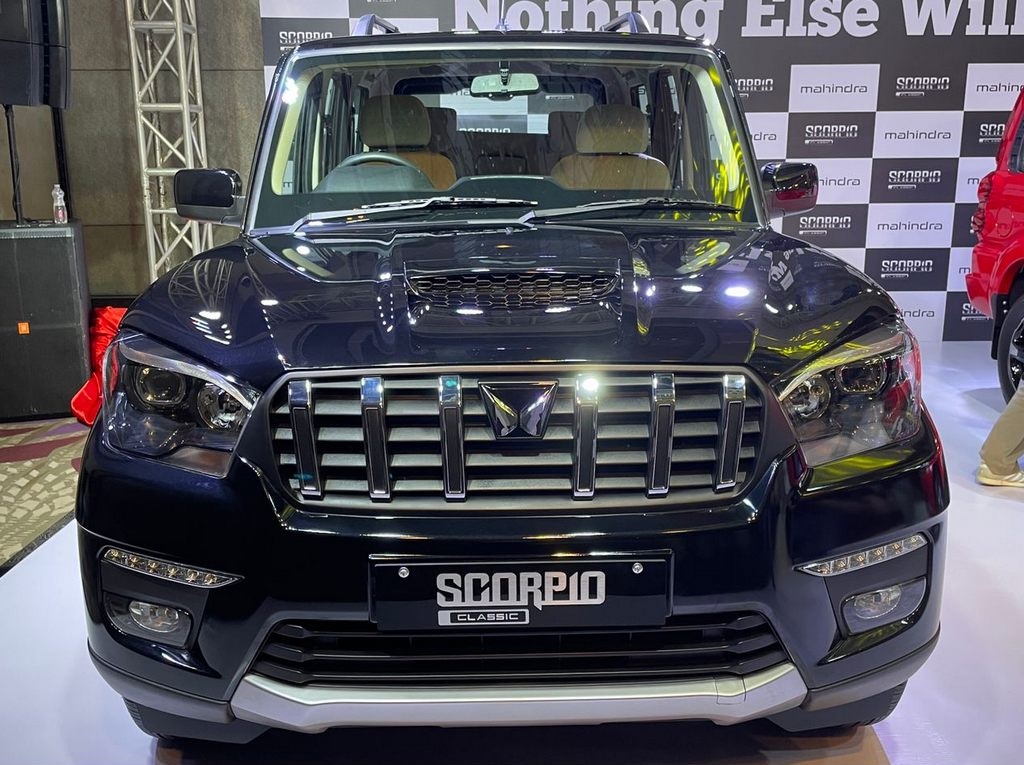
A new skid plate with a Silver finish has been added to the bottom grille. Despite the front end being a decrease, the quality is outstanding.
Aesthetic value extends to the sides as well. New 17-inch alloy wheels and door claddings in a two-tone Black and Silver finish are a breath of fresh air. The reflectors that used to be attached to the D-pillar have been reinstated. A total of eight years have passed since we last heard from them.
The rear gate is missing the chrome trim of the previous generation. The rear wiper, taillights, bumper, and roof-mounted spoiler are all original features. Badges proclaiming the vehicle as a Scorpio Classic appear in 3D Chrome on the doors and flanks.
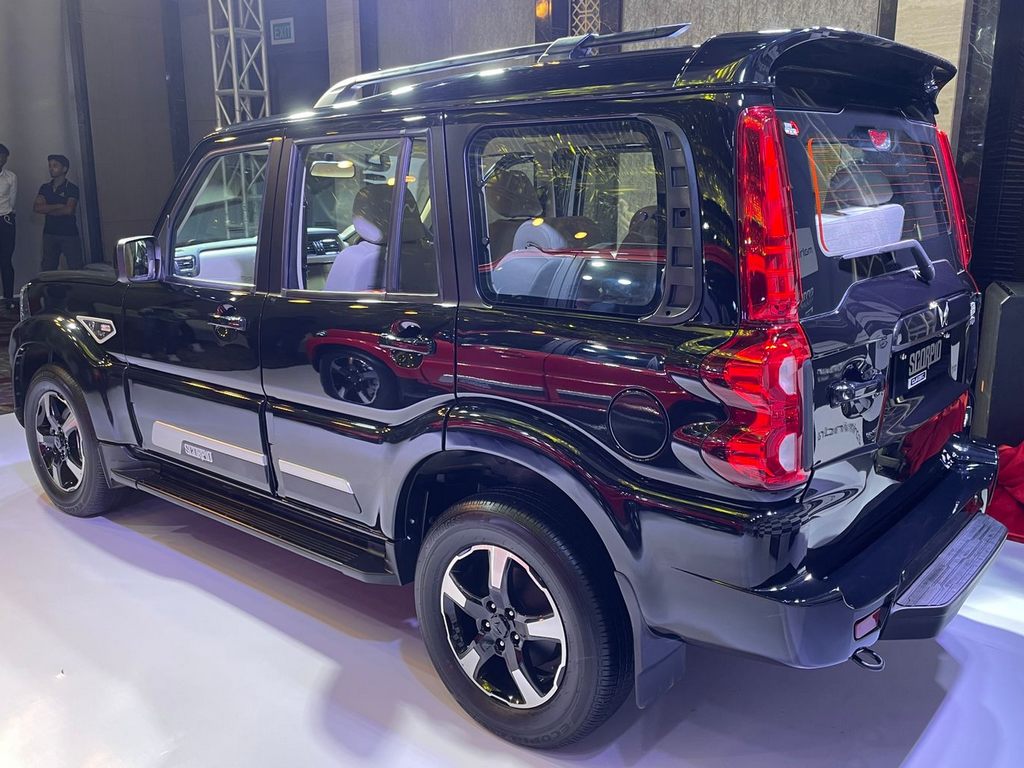
A new Gloss Black insert replaces the Silver one in the former model’s leatherette steering wheel on the interior.
Black and beige cloth upholstery, front armrests, a height-adjustable driver’s seat, captain’s chairs or a fold-and-tumble bench for the second row, air conditioning vents for the rear passengers, a sunglass holder, and map pockets in the seats are just some of the interior features.
The 9-inch, dial-free, full-touch screen infotainment system in the centre stack looks great and receives high marks from us. The interface seems to be quite user-friendly. The cabin otherwise has the same appearance as the previous generation.
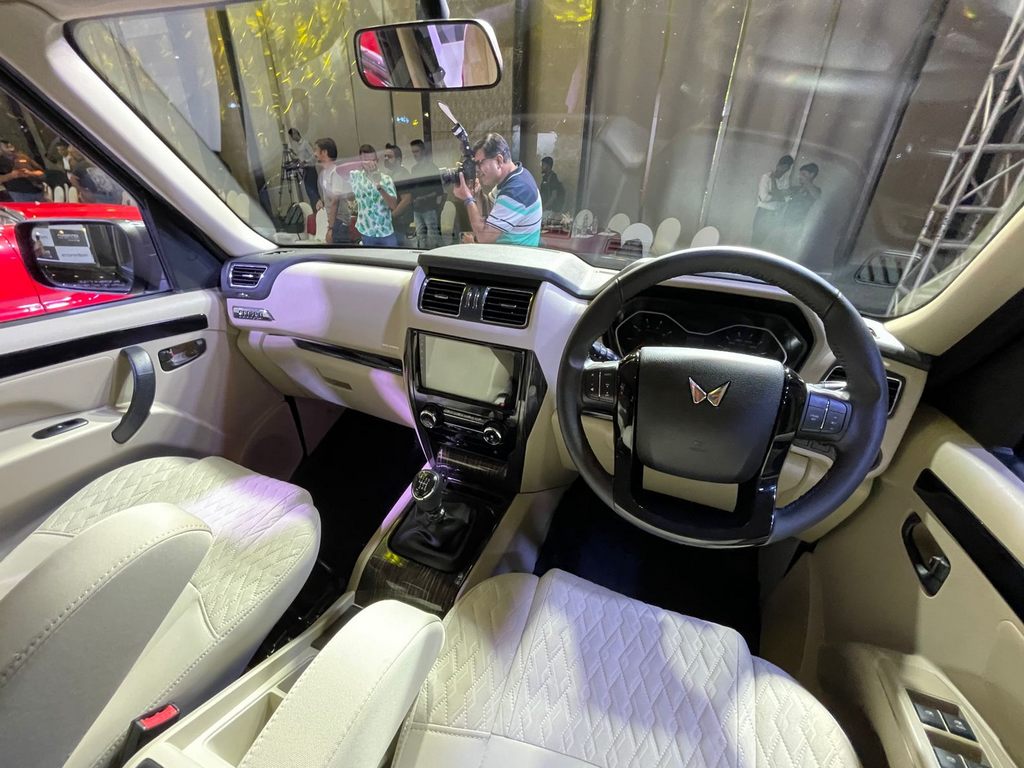
Phone mirroring, engine start/stop, static bending headlights, temperature control, cruise control, remote central locking, gear shift indication, one-touch lane-change indicator, one-touch driver power window with anti-pinch, tilt steering, and electric adjust outside mirrors are all available.
The buttons for the radio and the speed limiter that are located on the steering wheel are still there. Every every detail has been preserved, even down to the air conditioning dials. Parking sensors, an engine immobiliser, a seat belt reminder, an anti-theft alert, and automatic door locks are just some of the safety features.
The Scorpio’s last model year saw the introduction of five different trim levels (S3+, S5, S7, S9, and S11) with costs ranging from Rs. 13.54 lakhs for the entry-level S3+ to Rs. 18.62 lakhs for the highest-end S11, all figures ex-showroom.
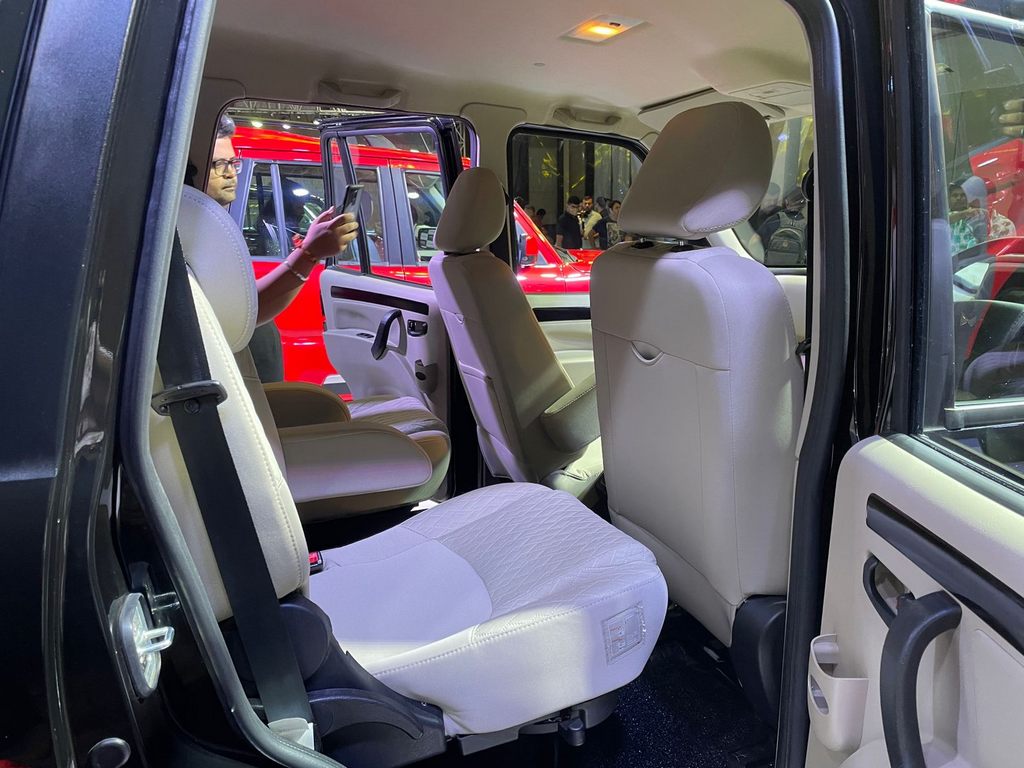
B
However, only the S and S11 versions of the Scorpio Classic will be sold. These two trims, in turn, have five different models: the S MT 7S, S MT 9S, S11 MT 7S, S11 MT 9S, and S11 MT 7S CC. S models now replace S3+ models as the base trim level.
Type-approval documentation for the vehicle indicates that both versions will be equipped with the same 2.2-liter mHawk diesel engine, which produces 130 horsepower and 300 Newton-meters of torque.
However, there is no all-wheel-drive or automatic transmission choice. The top-tier Scorpio’s power is reduced by 7 HP since the mHawk engine is not tuned as finely as it was before. Those who purchase the SUV will have the option of a 6-speed manual transmission.
In around 10 days, we will announce the launch and the prices for each available option. Competition for the Scorpio Classic comes from other 3-row SUVs in the C+ and D-segment price ranges, such as the Mahindra Scorpio N, XUV700, Hyundai Alcazar, Tata Safari, and MG Hector Plus.